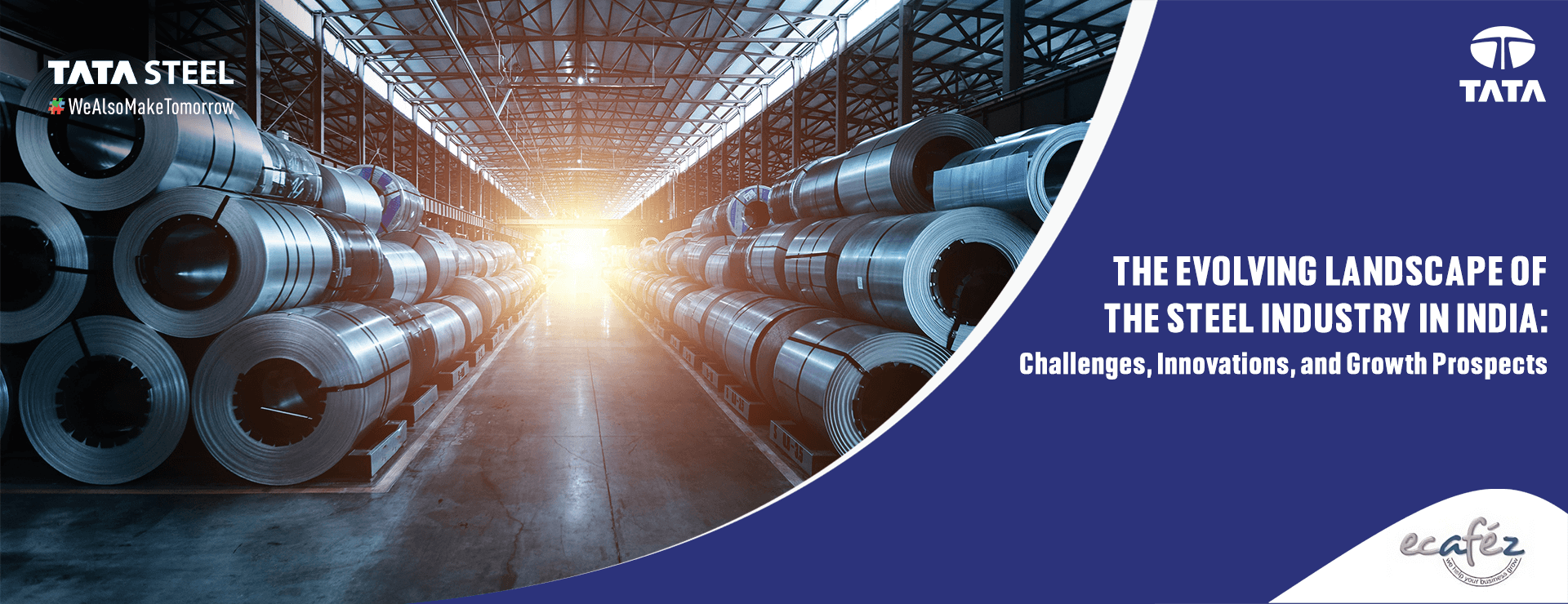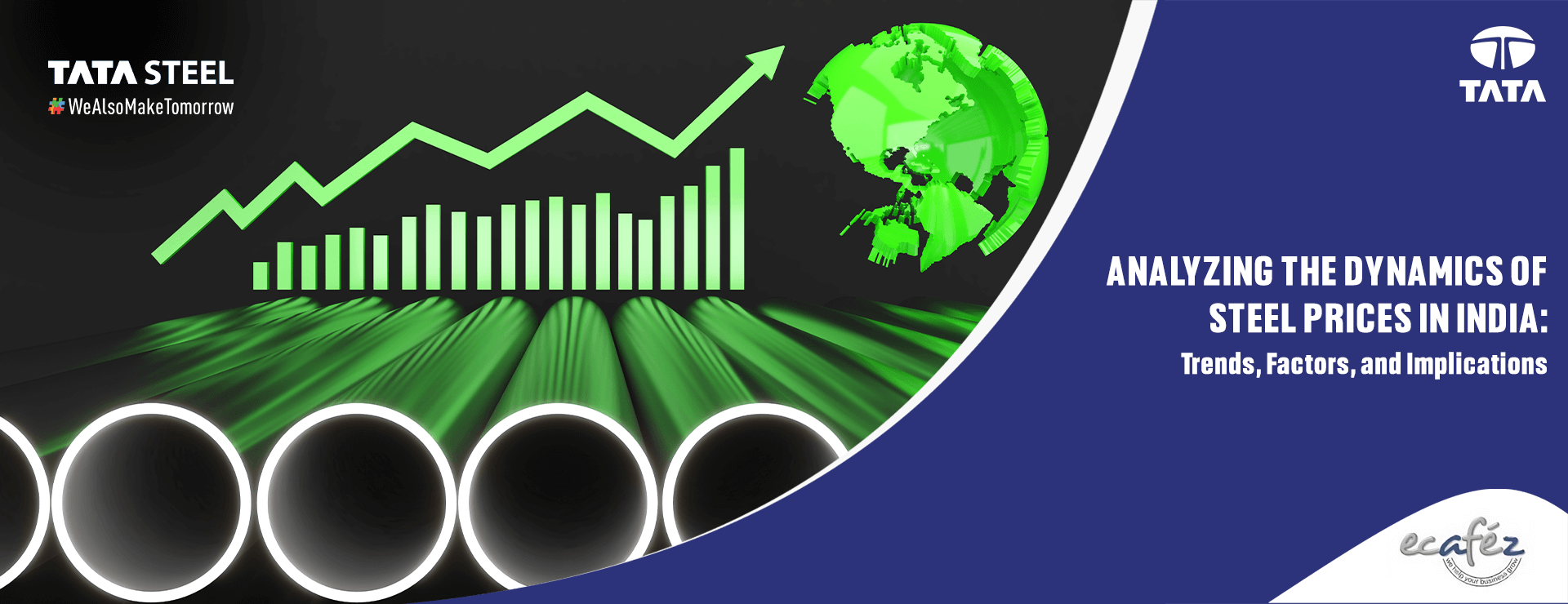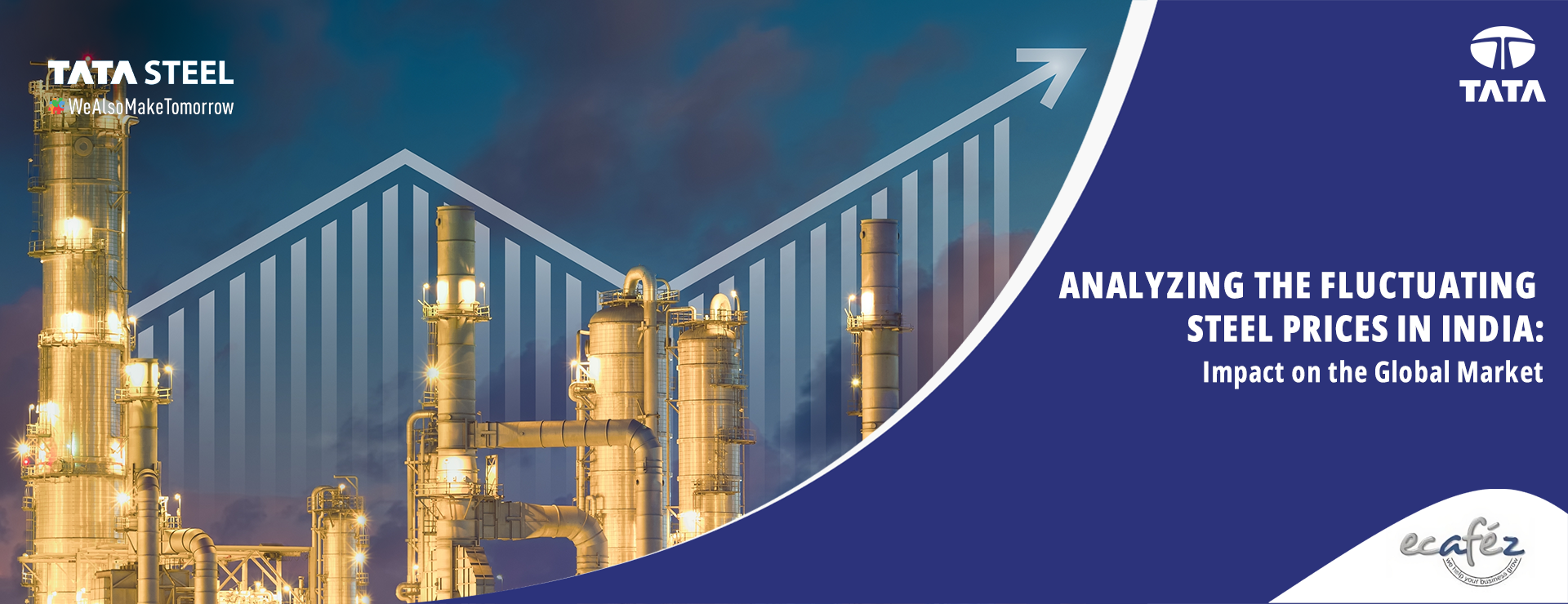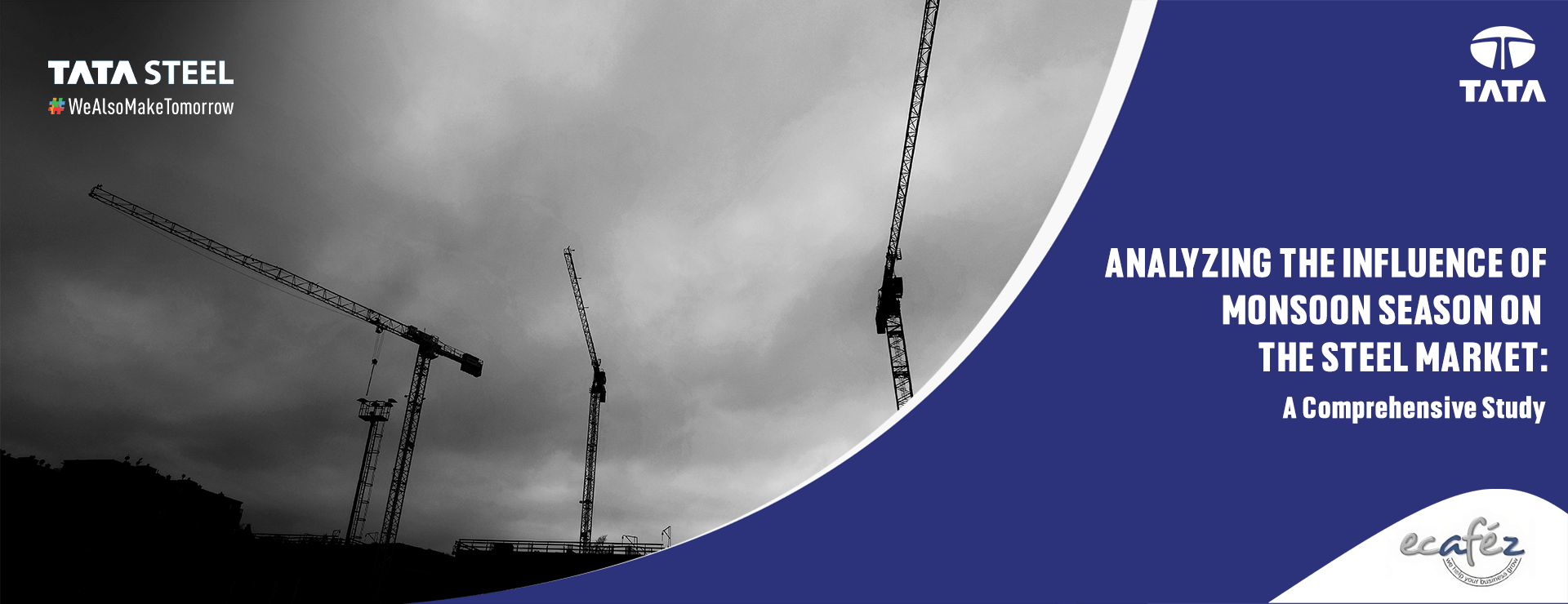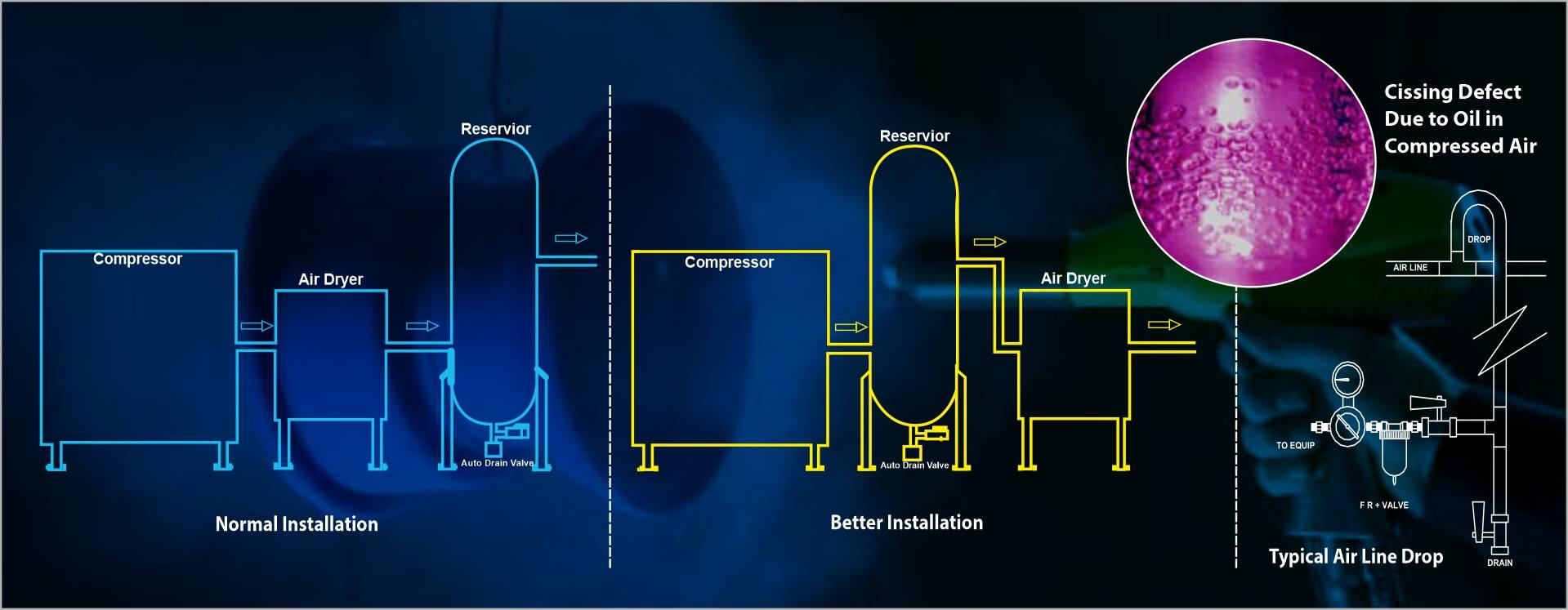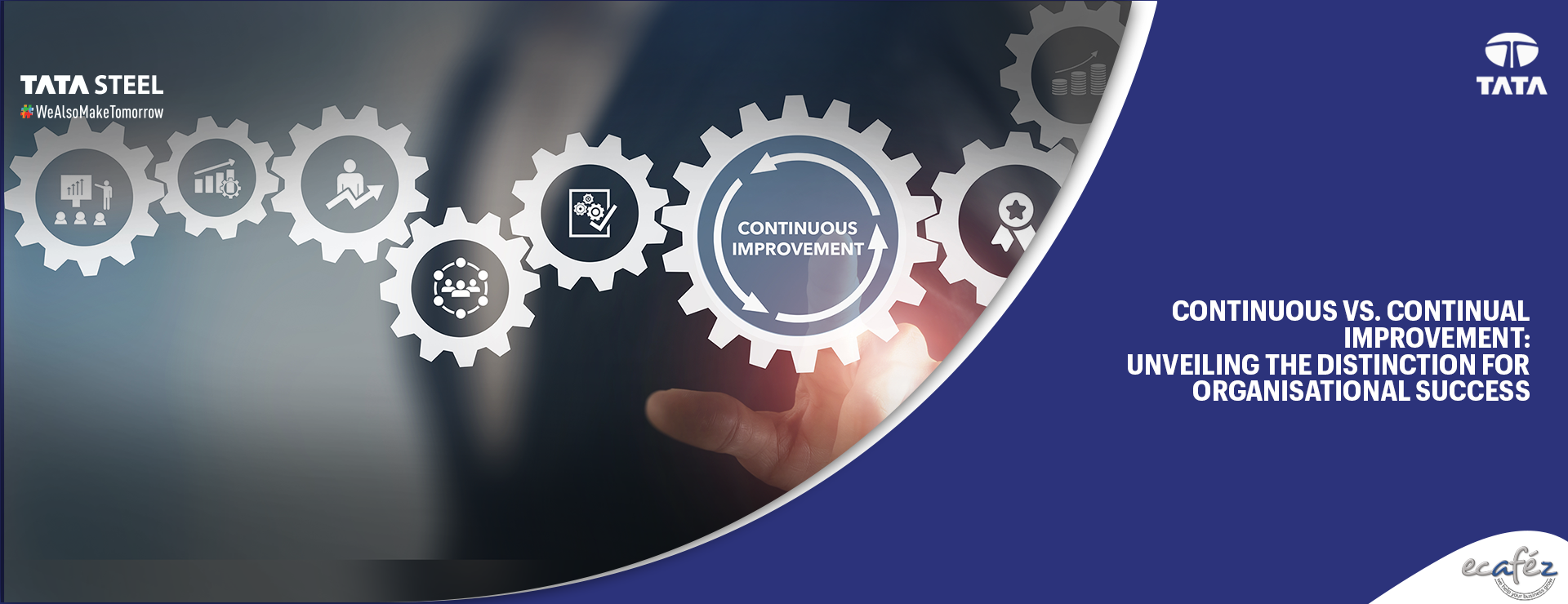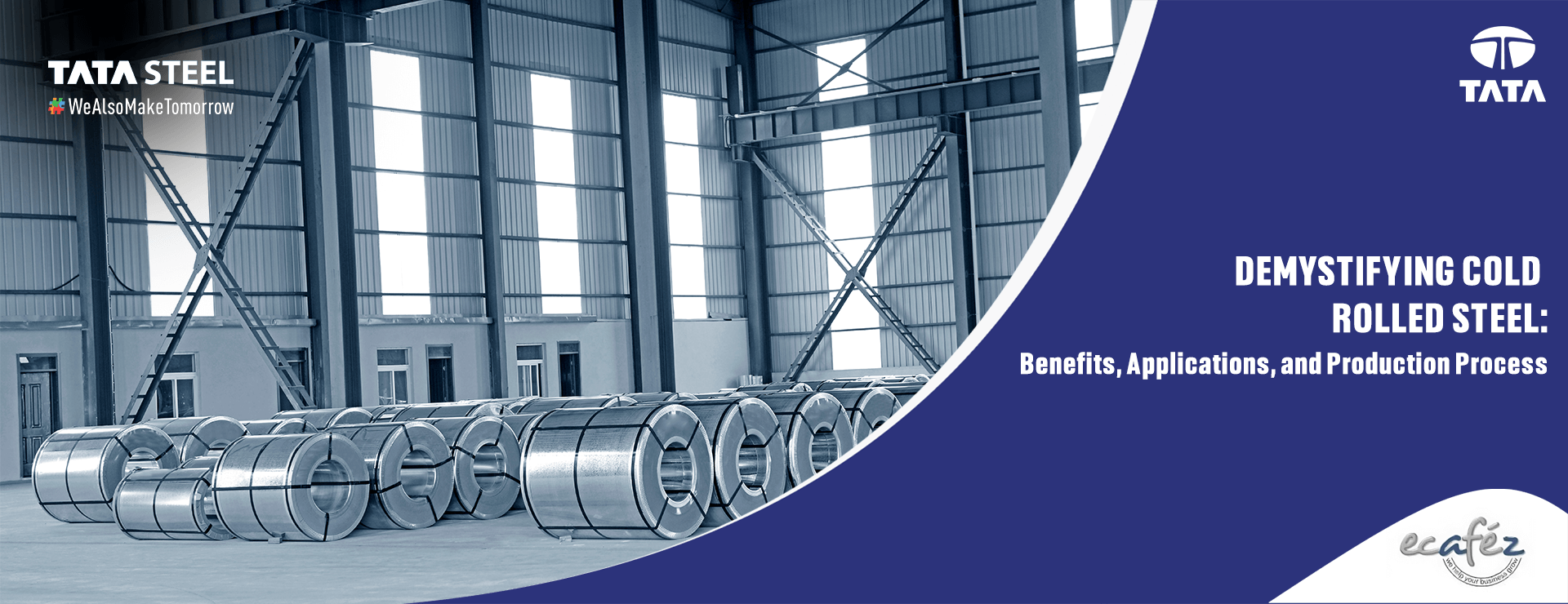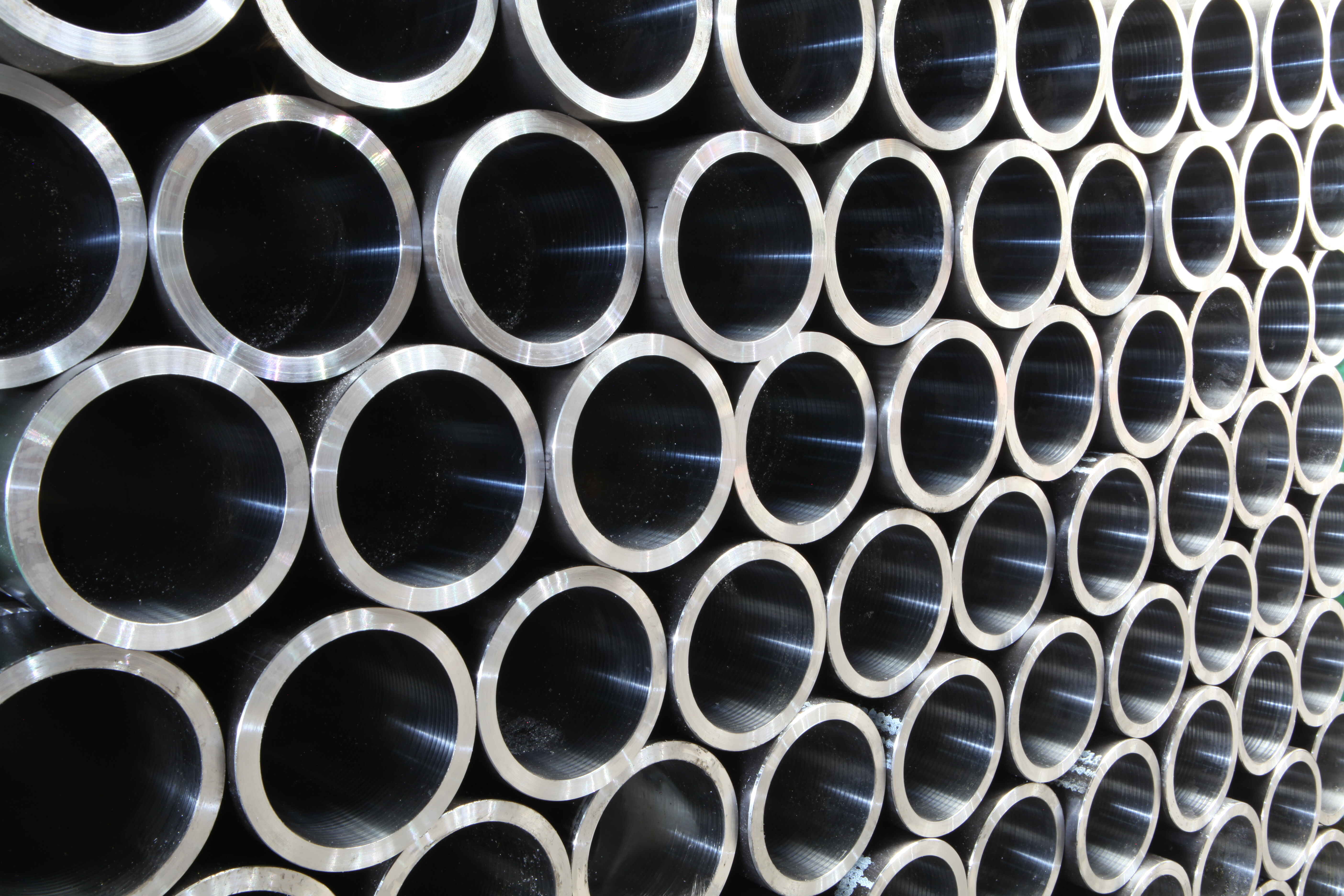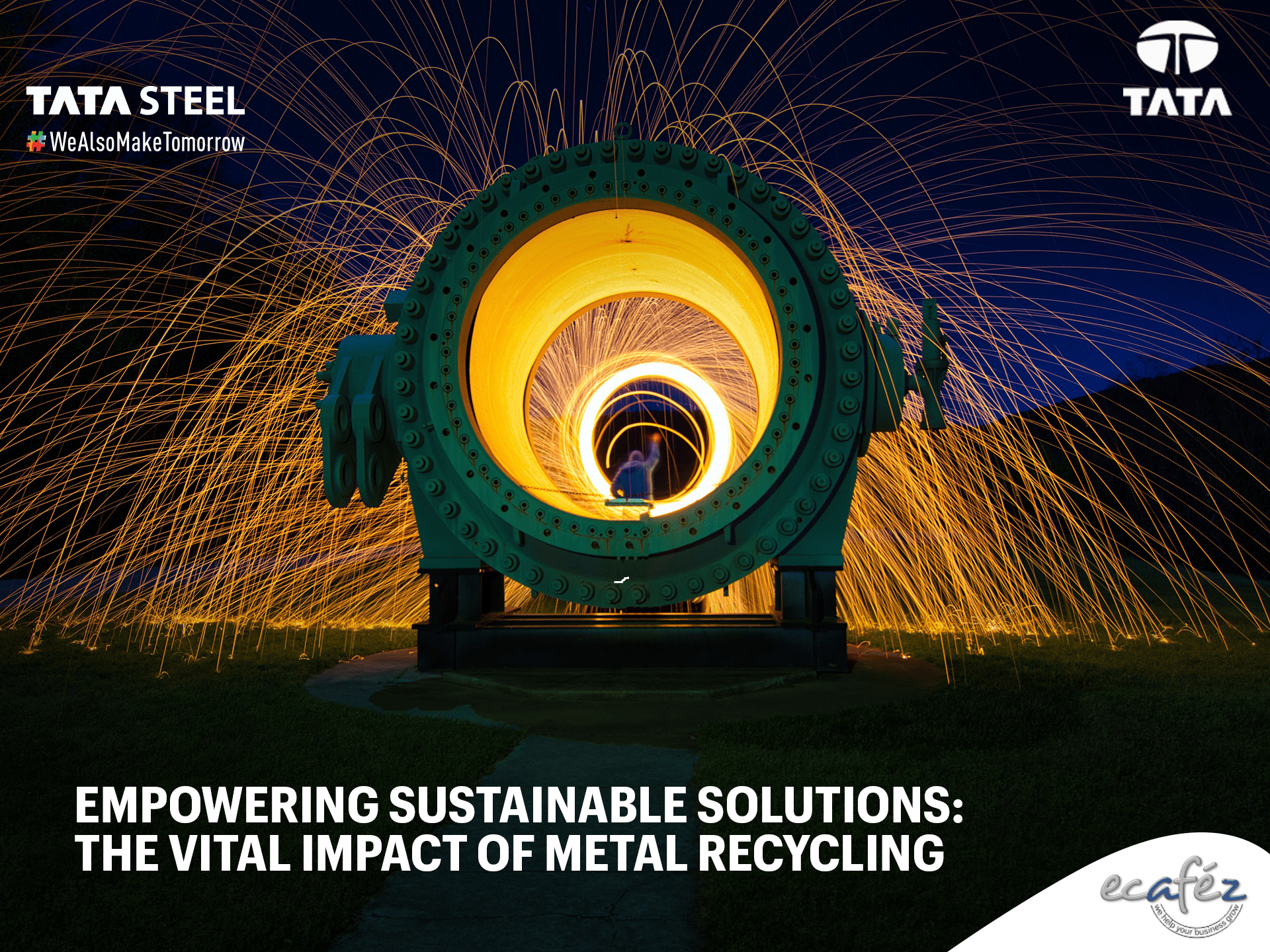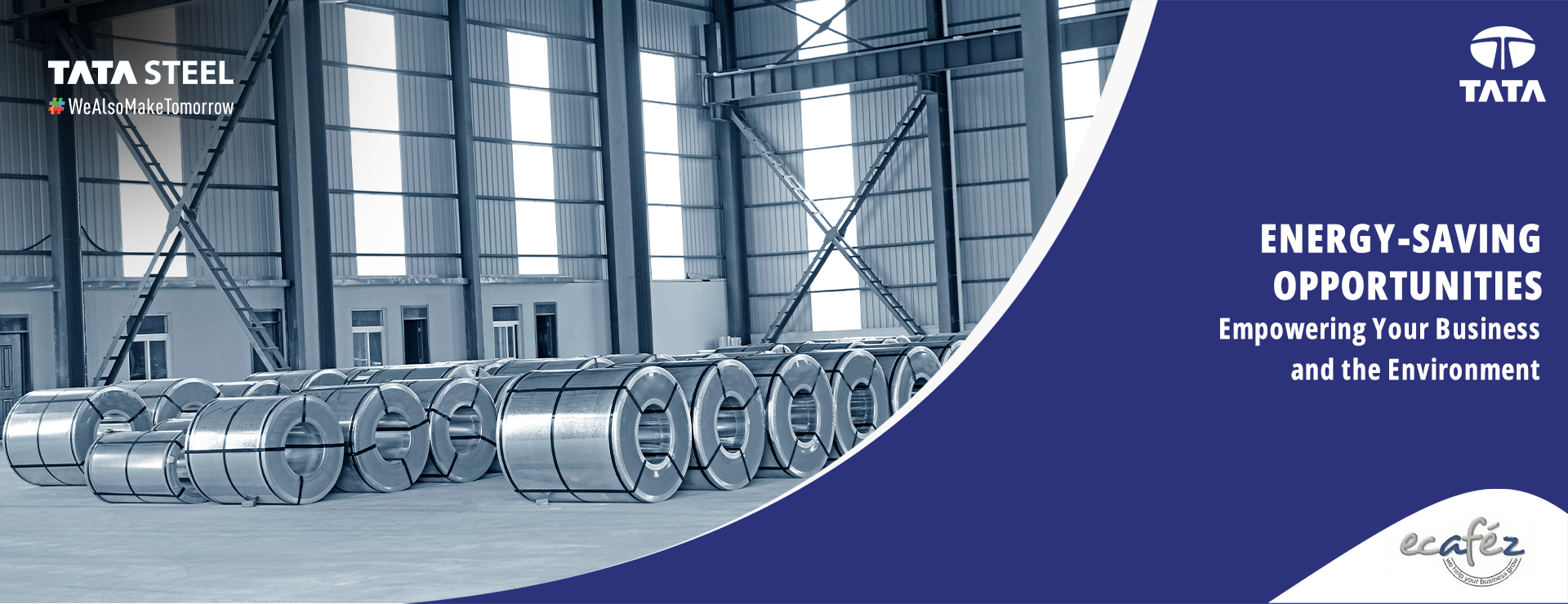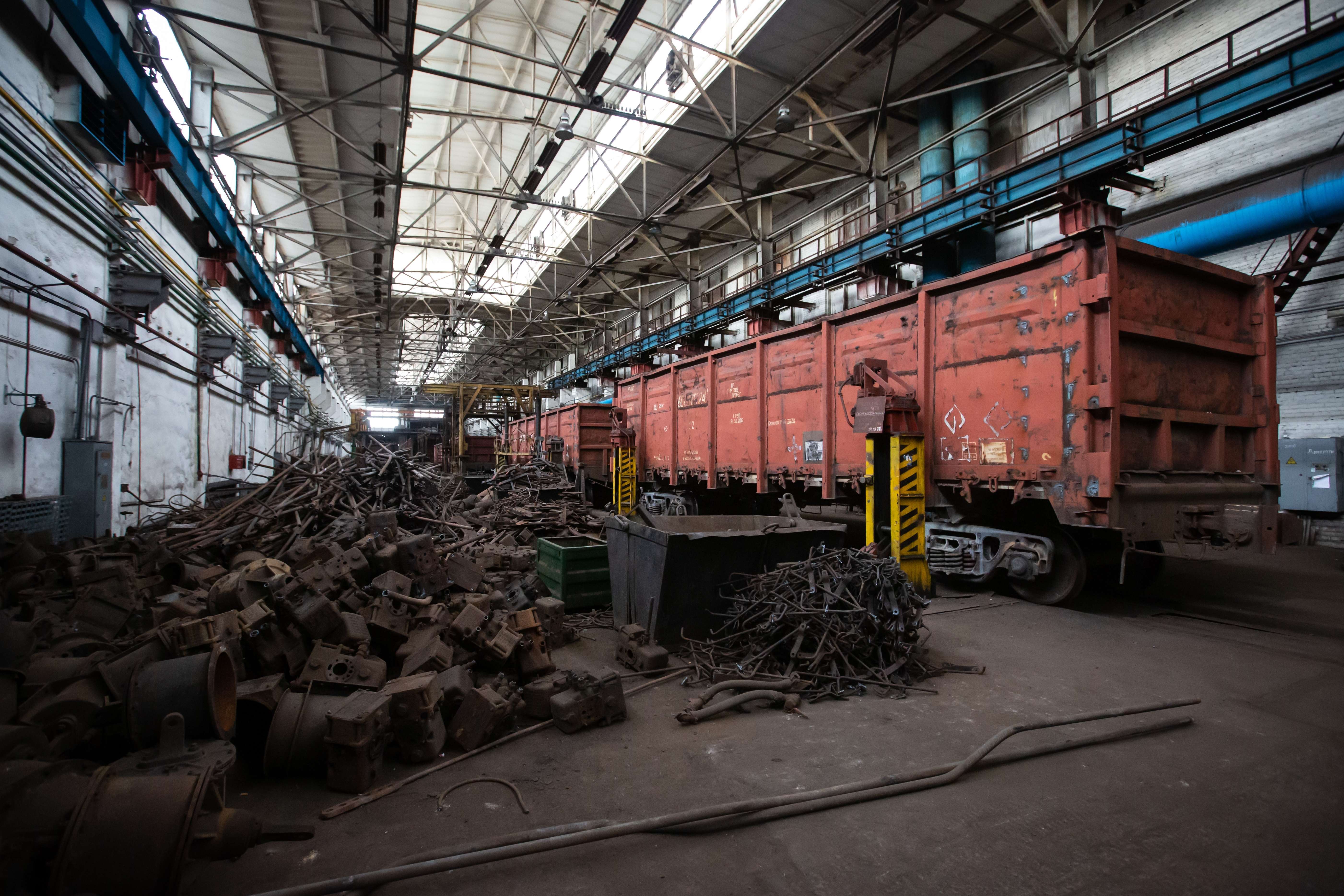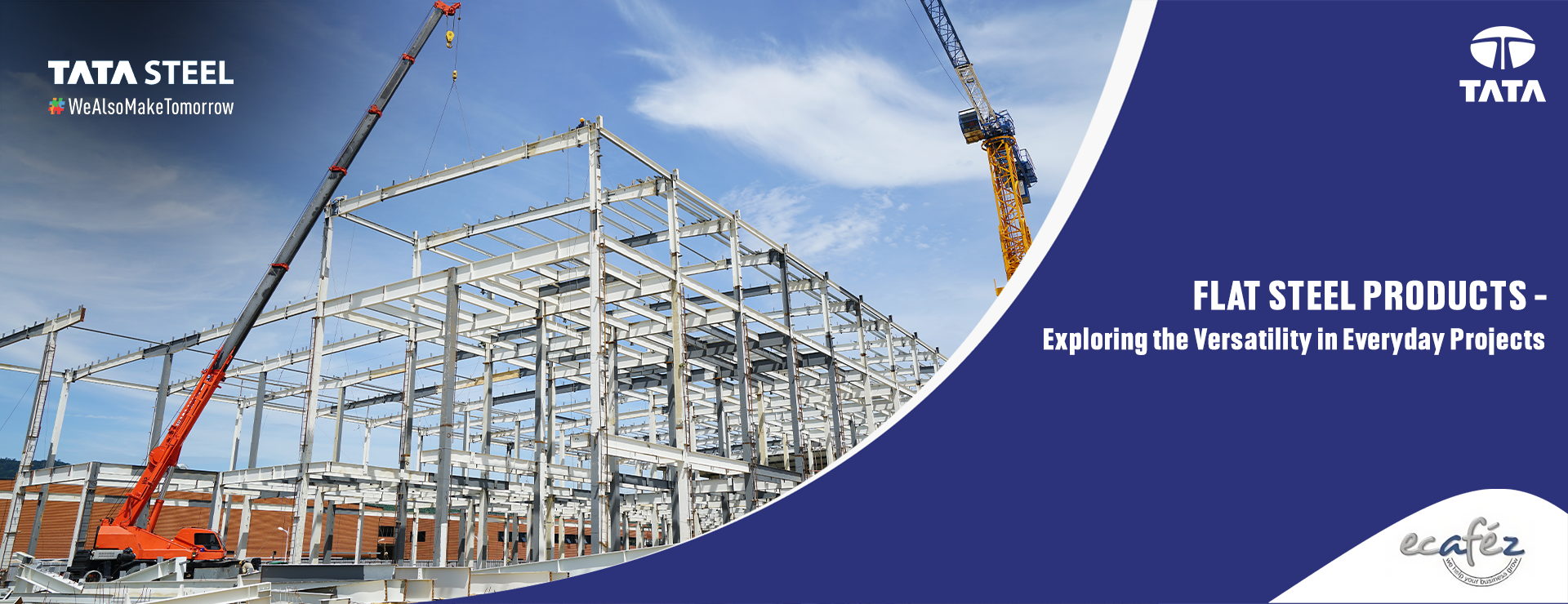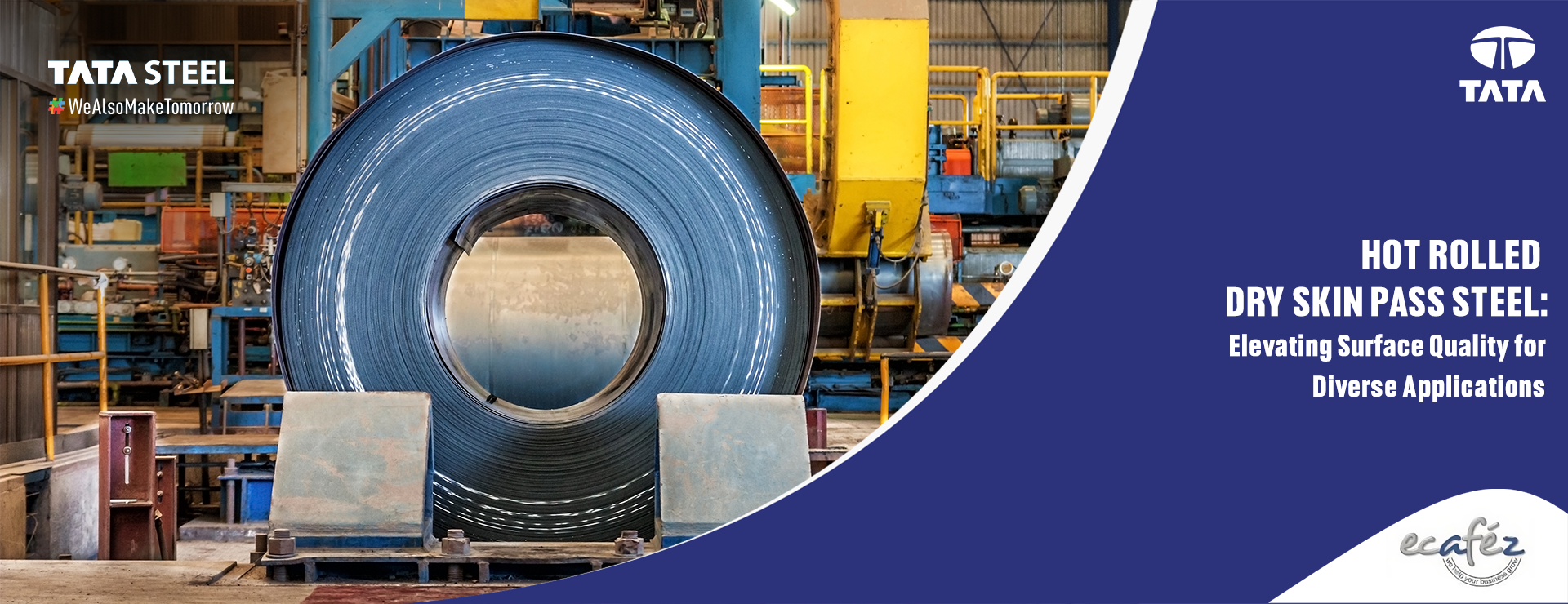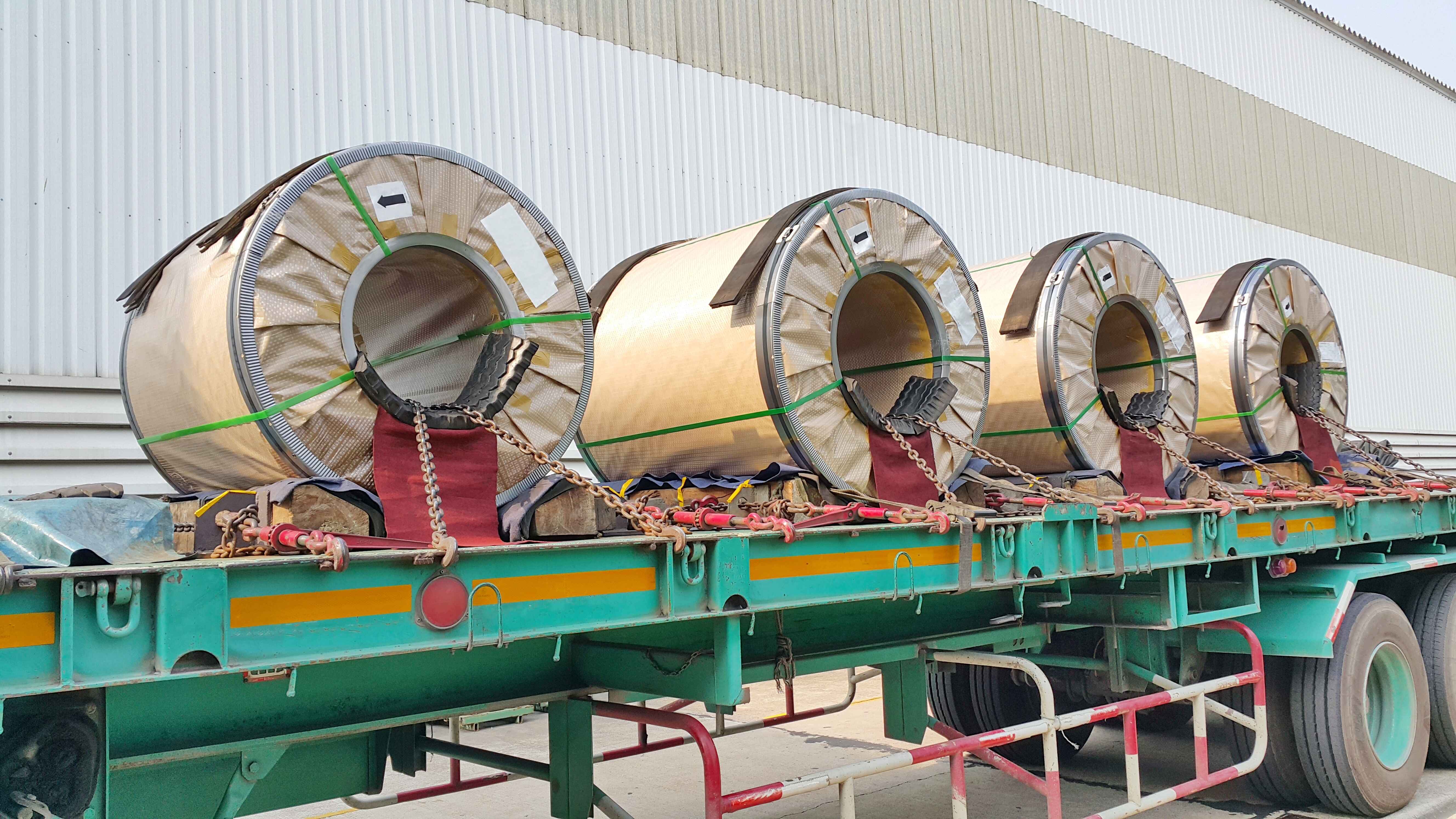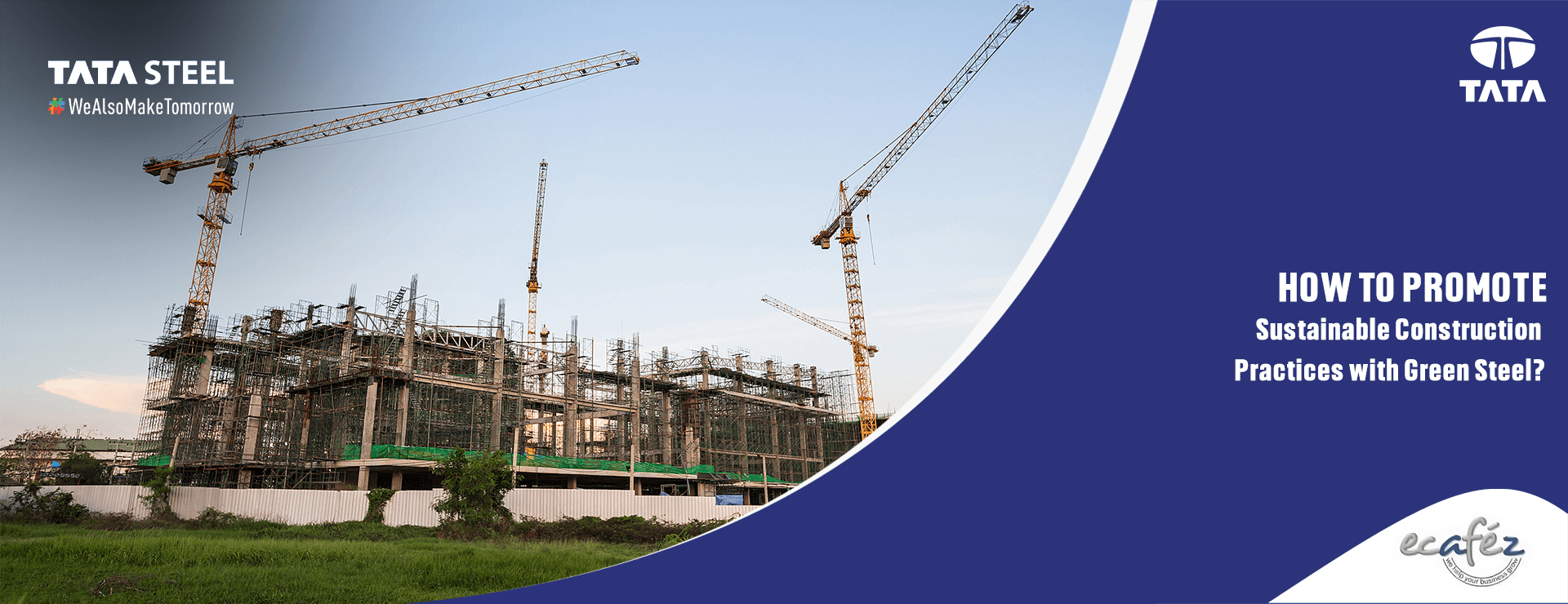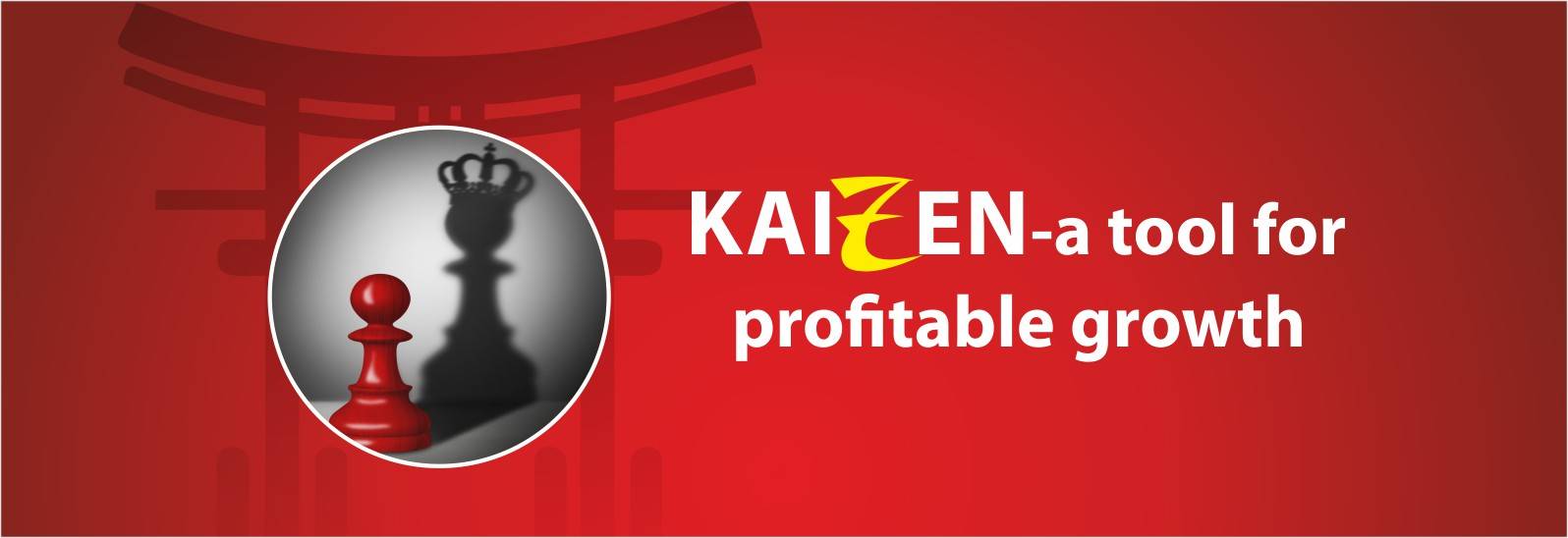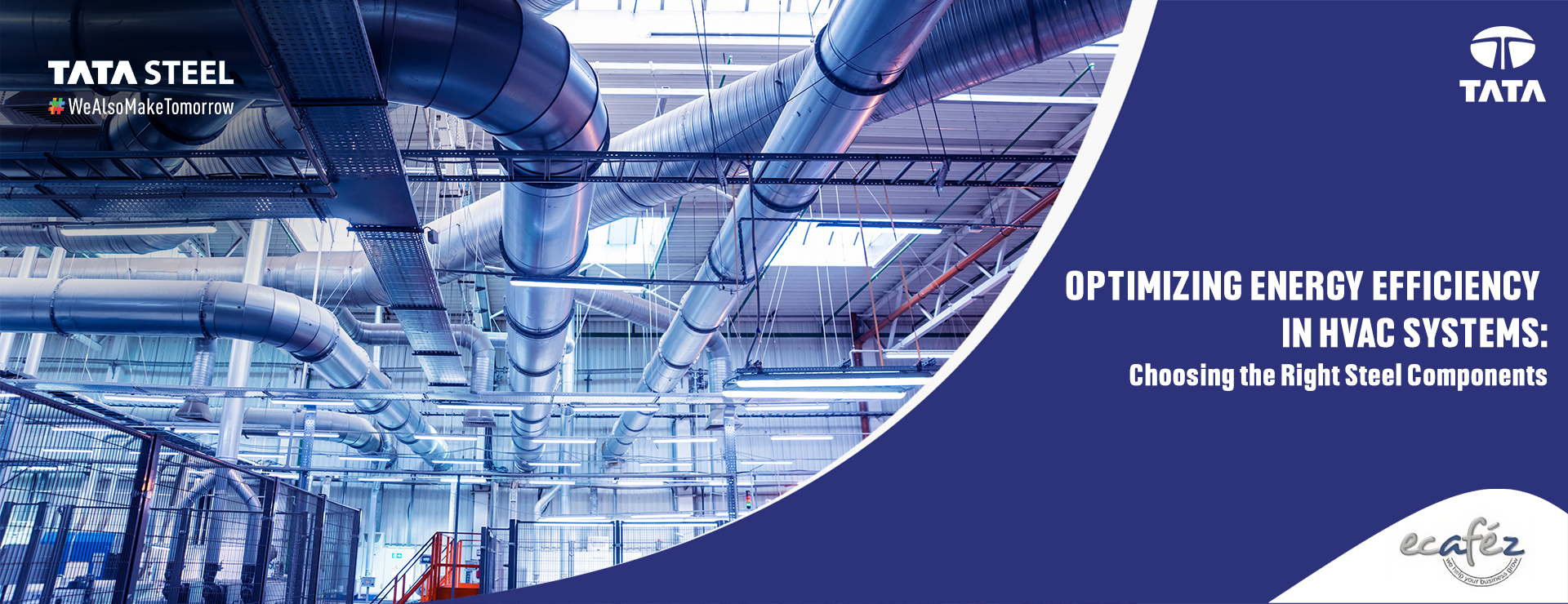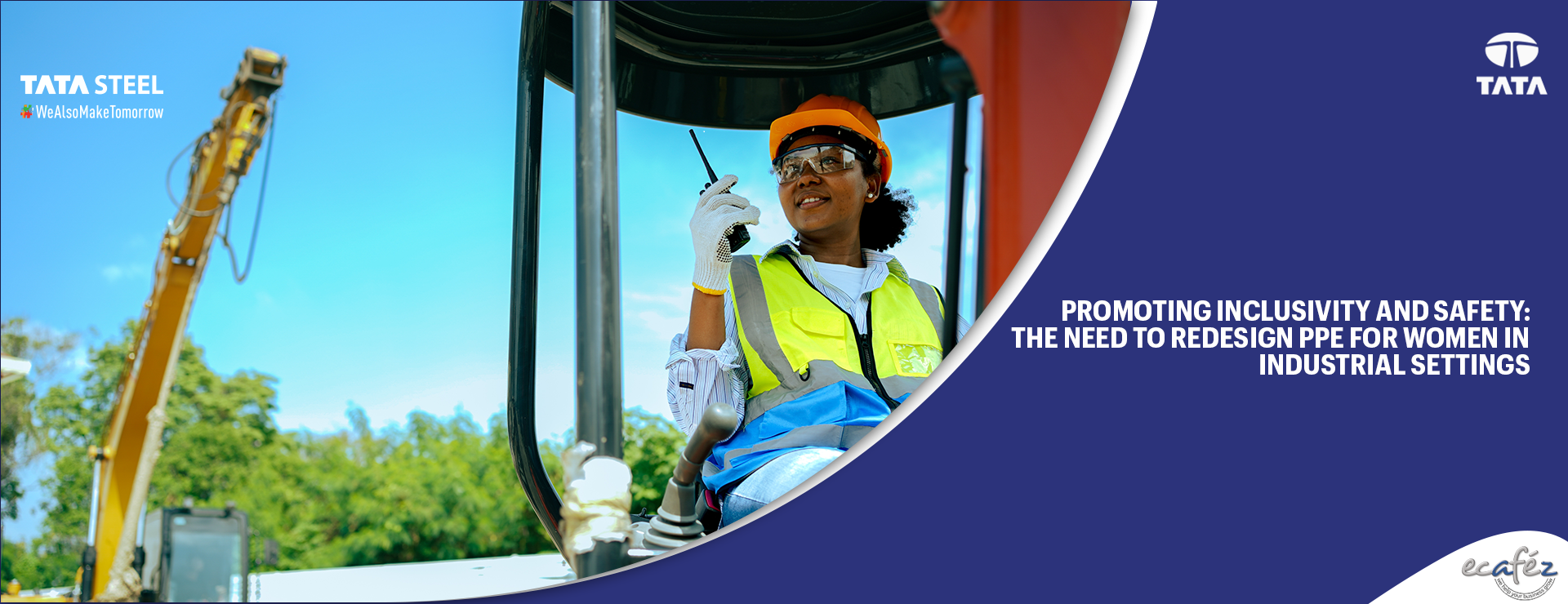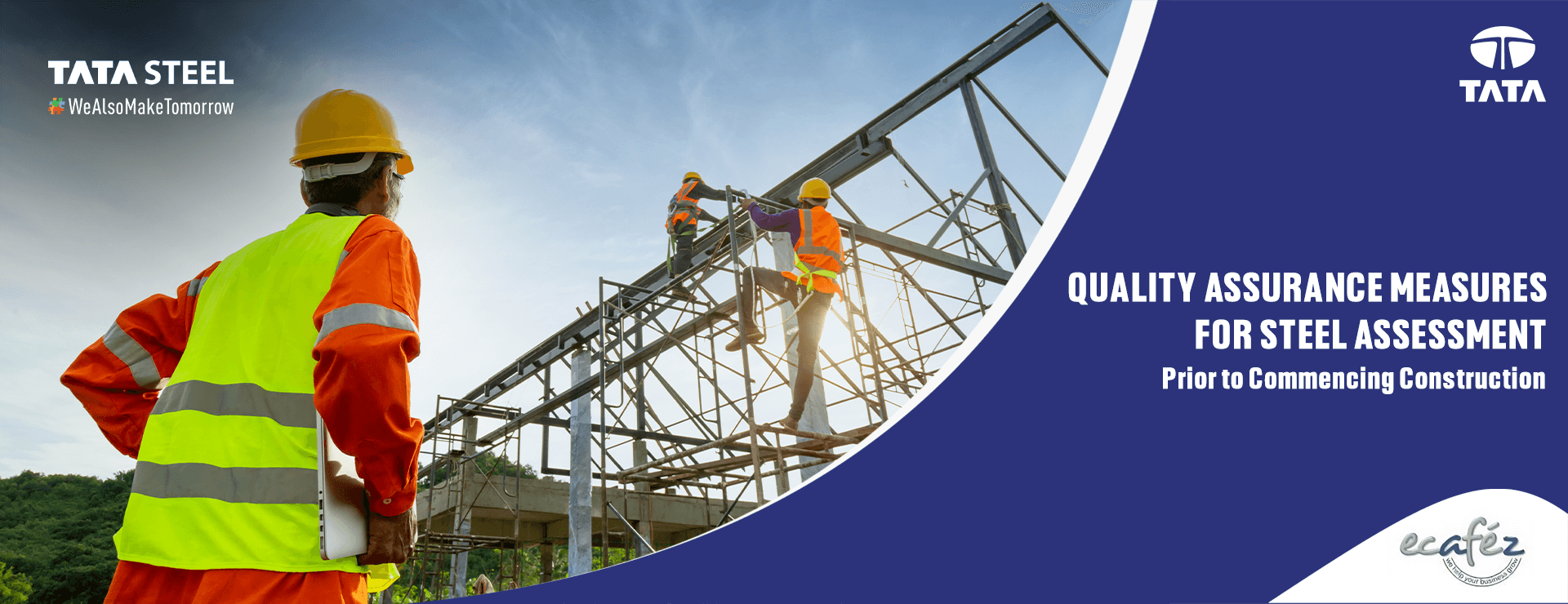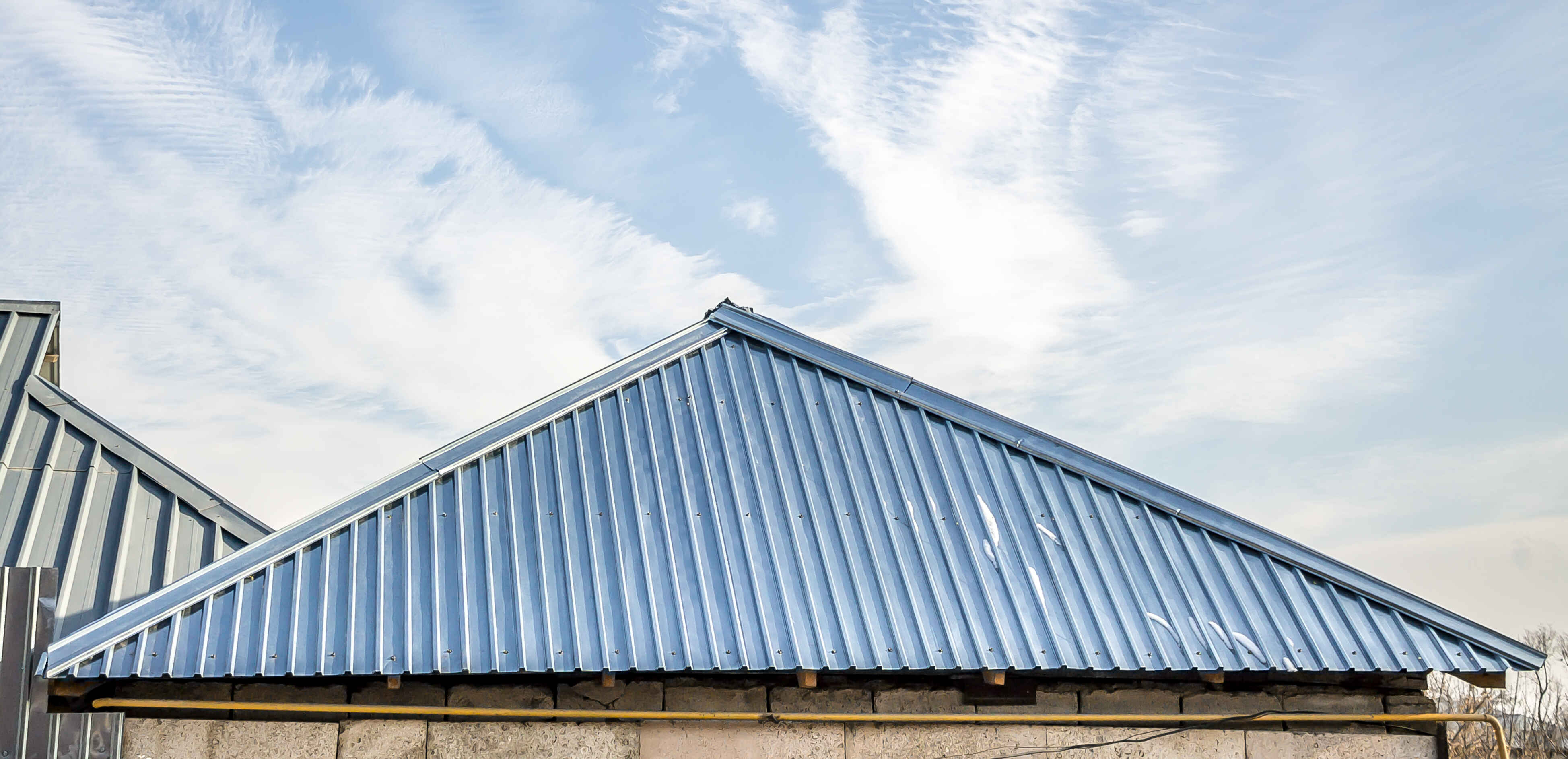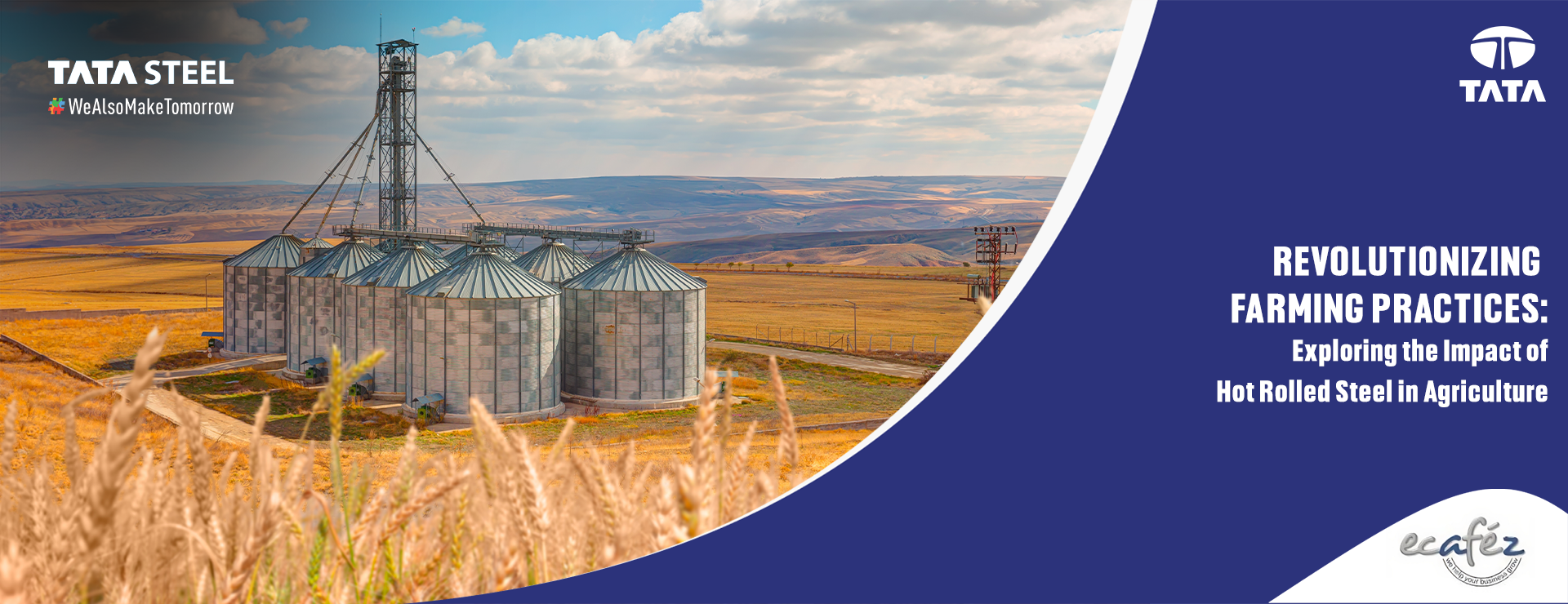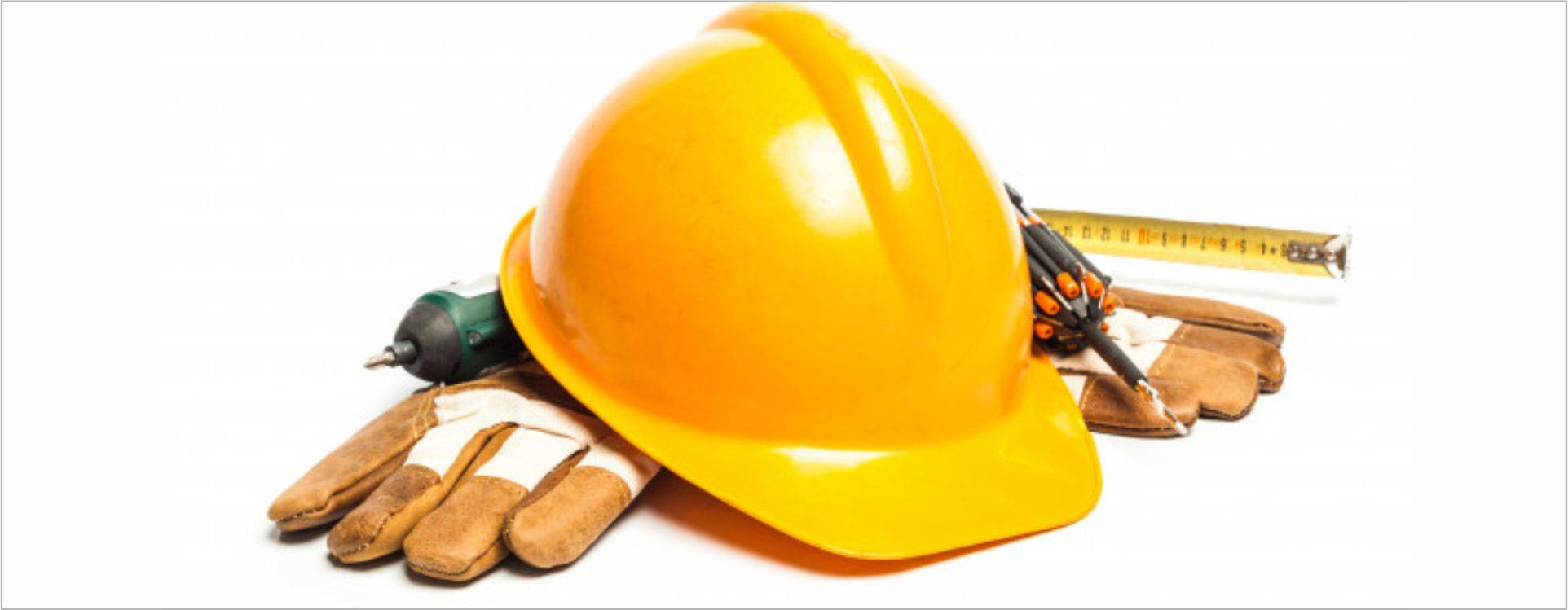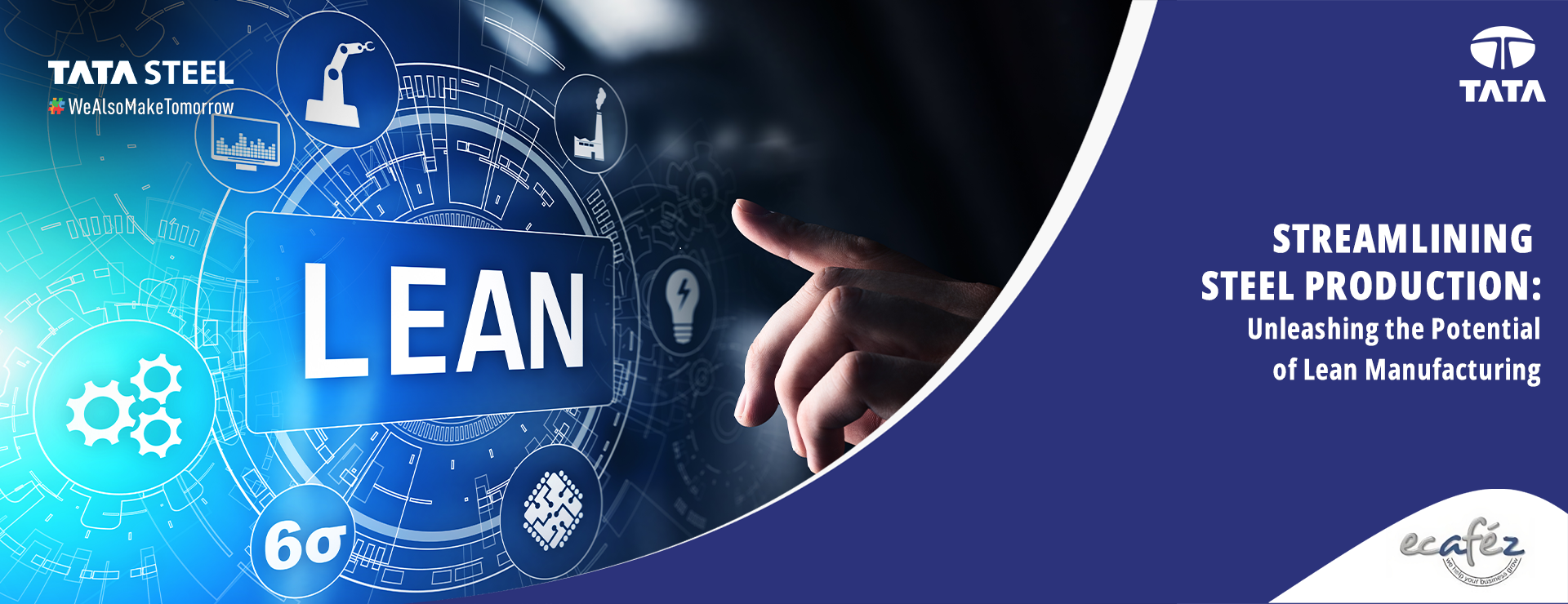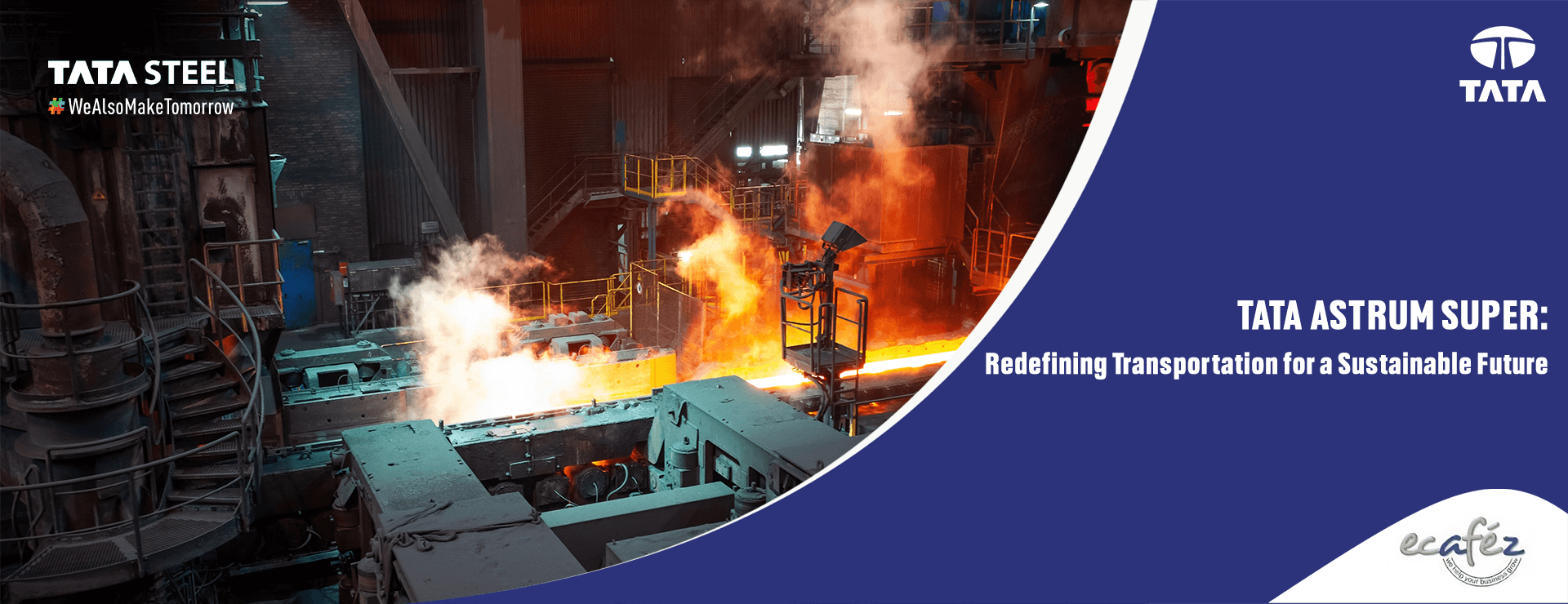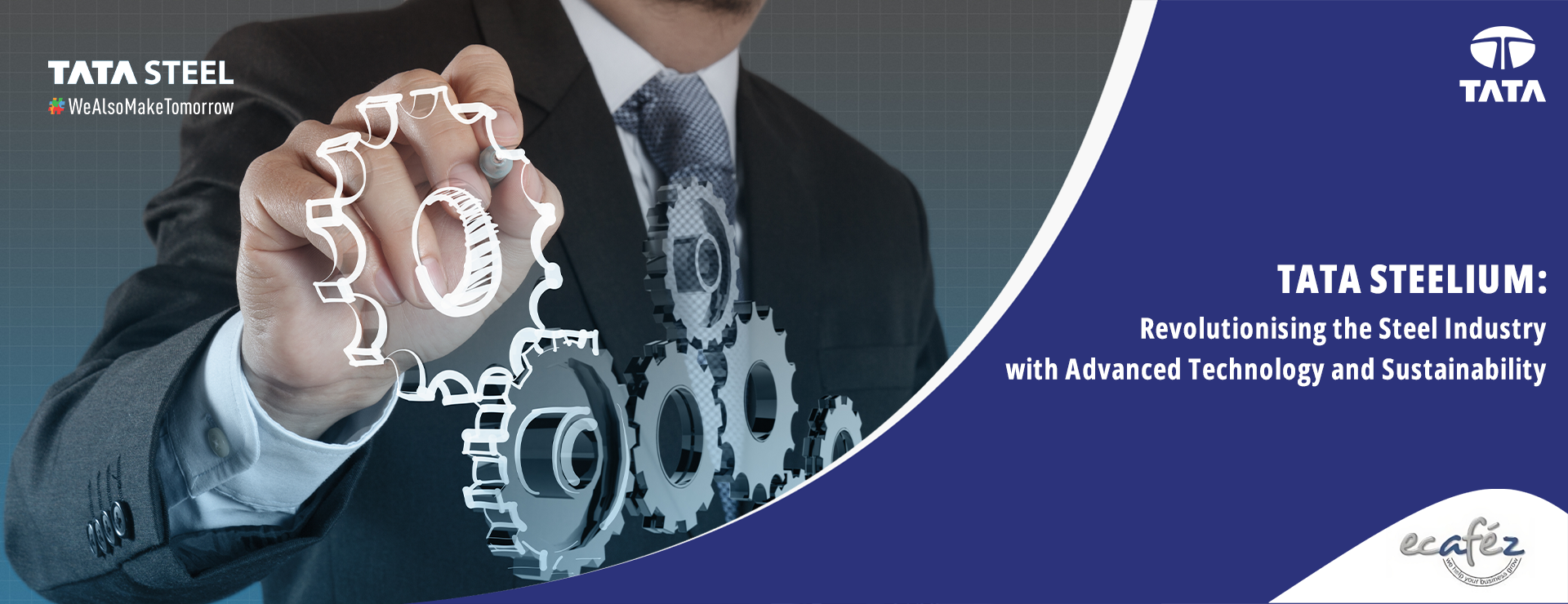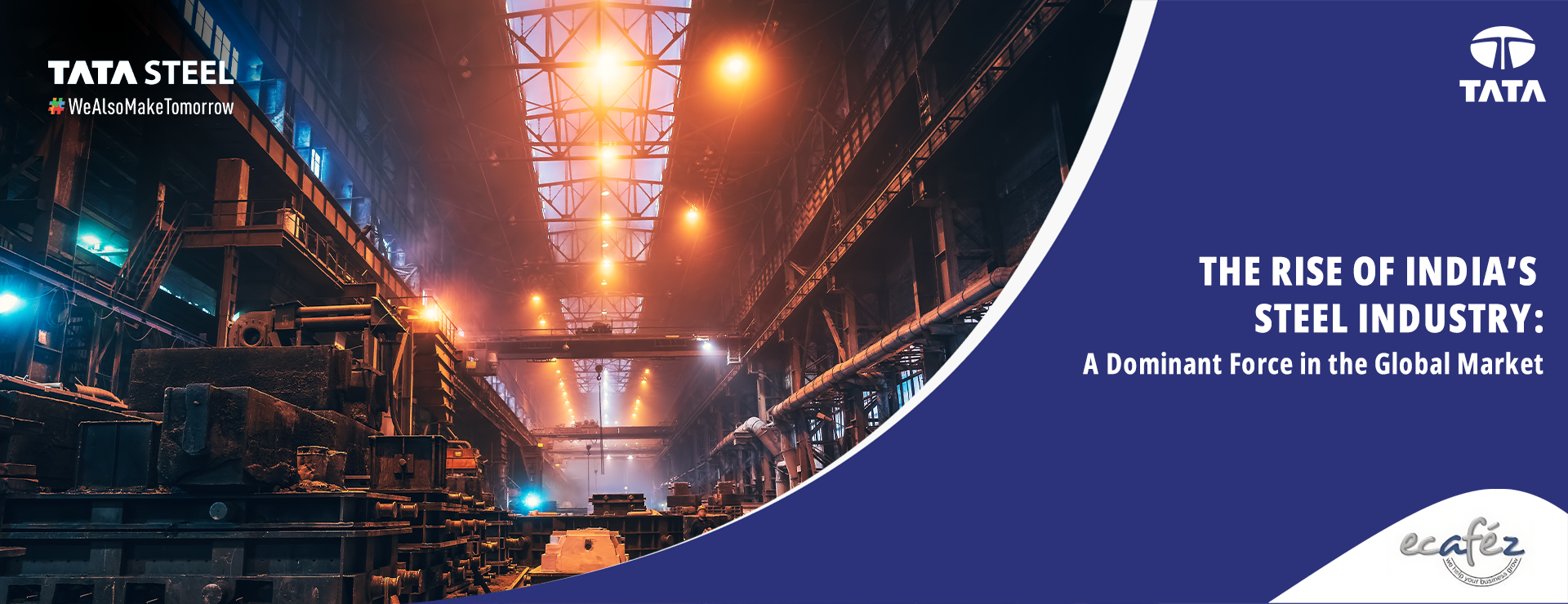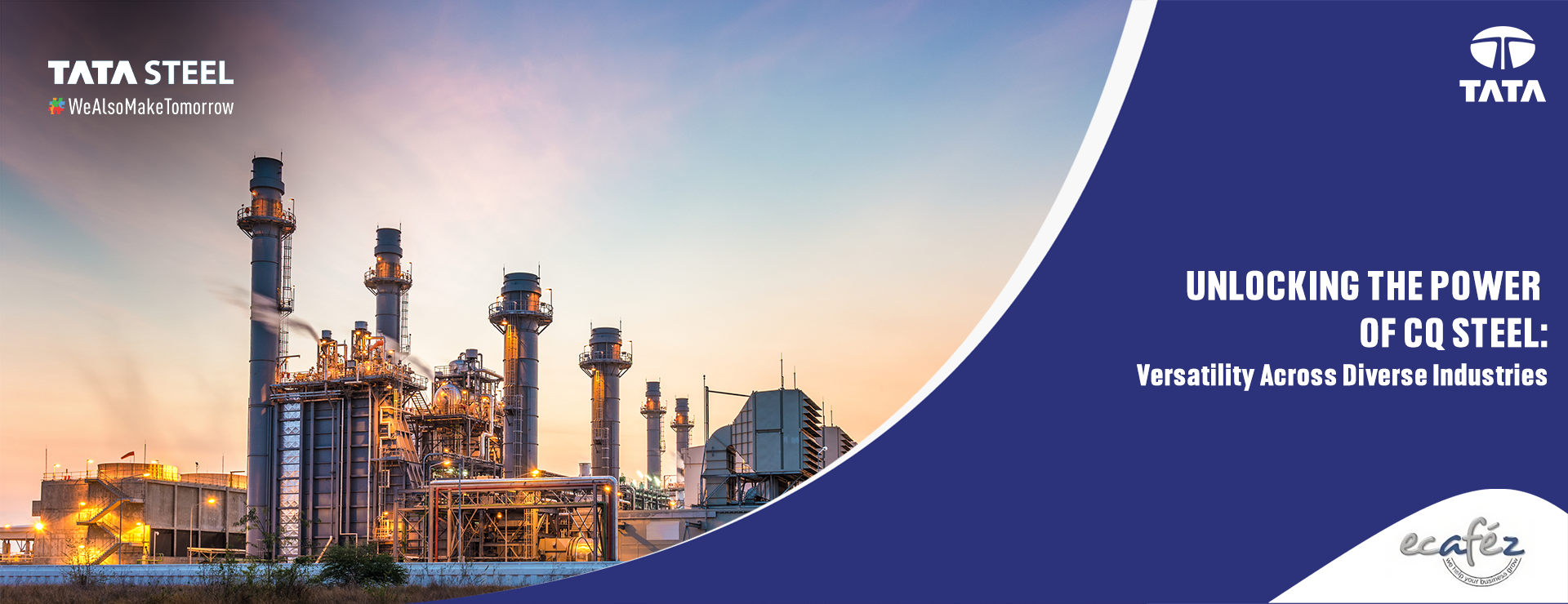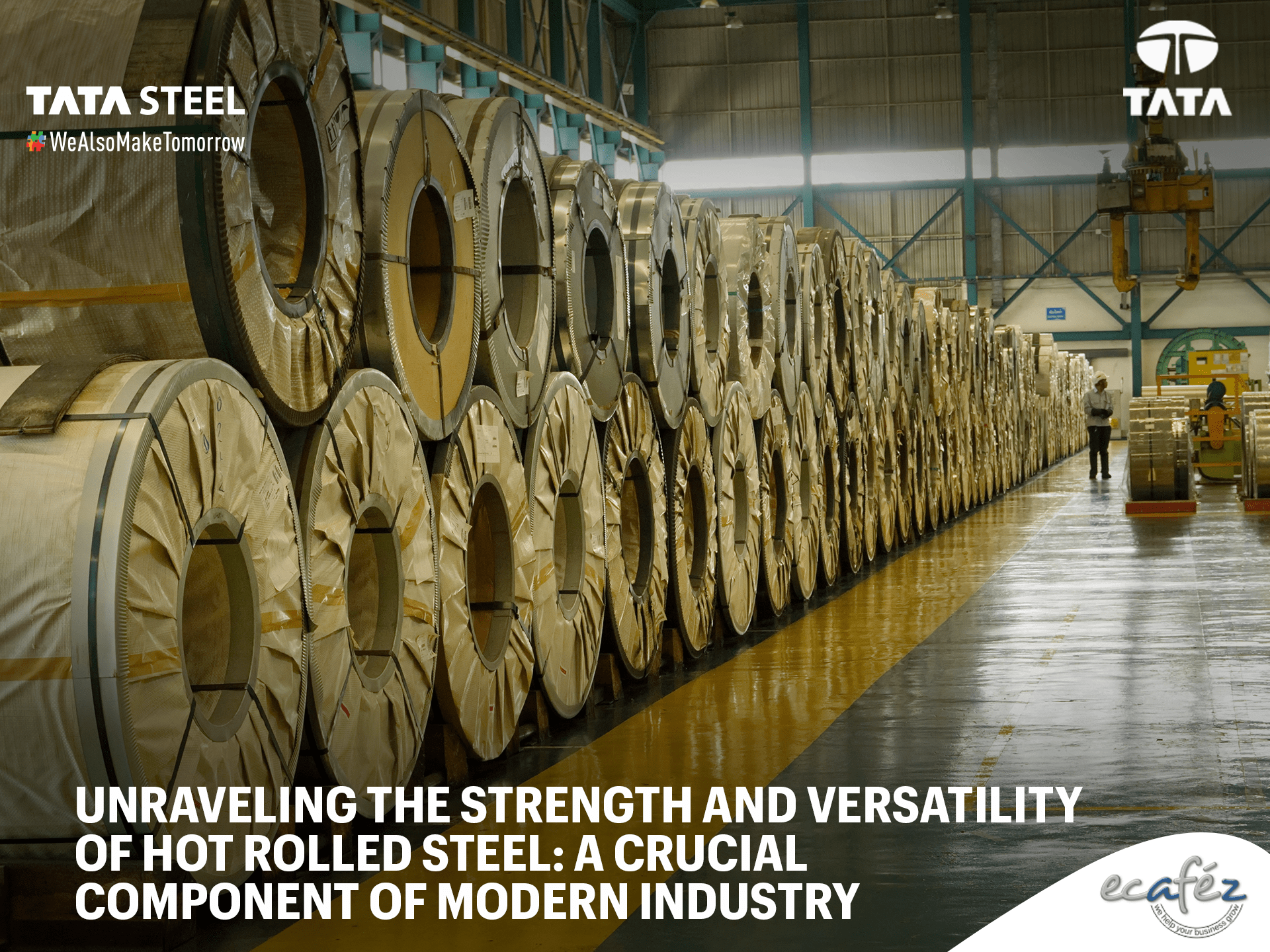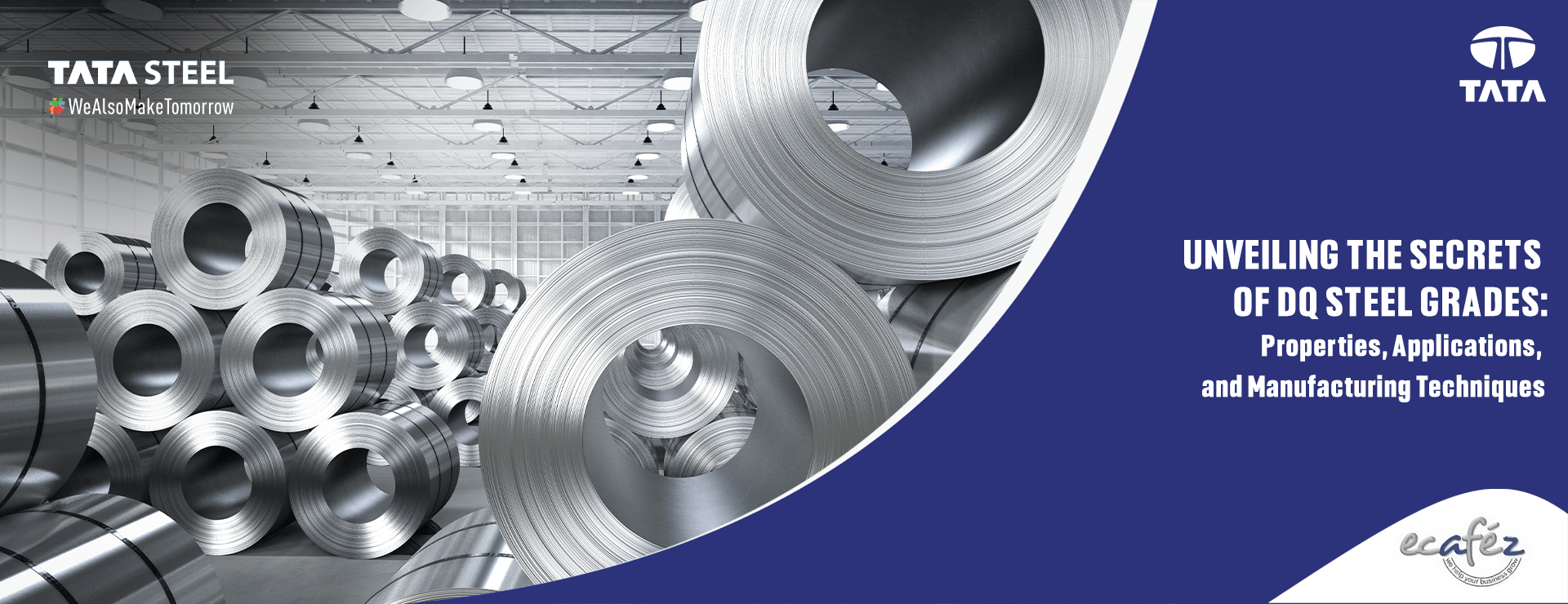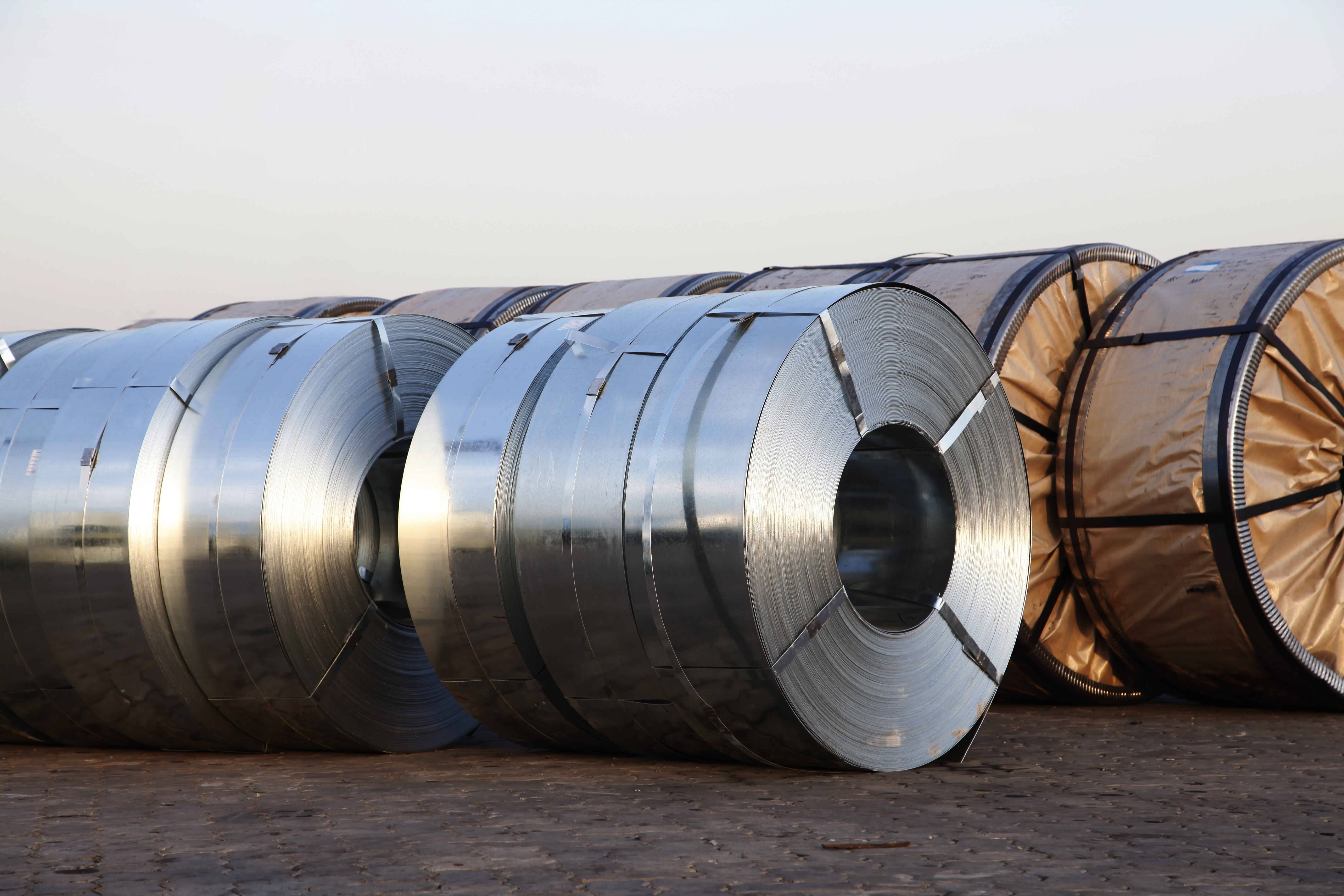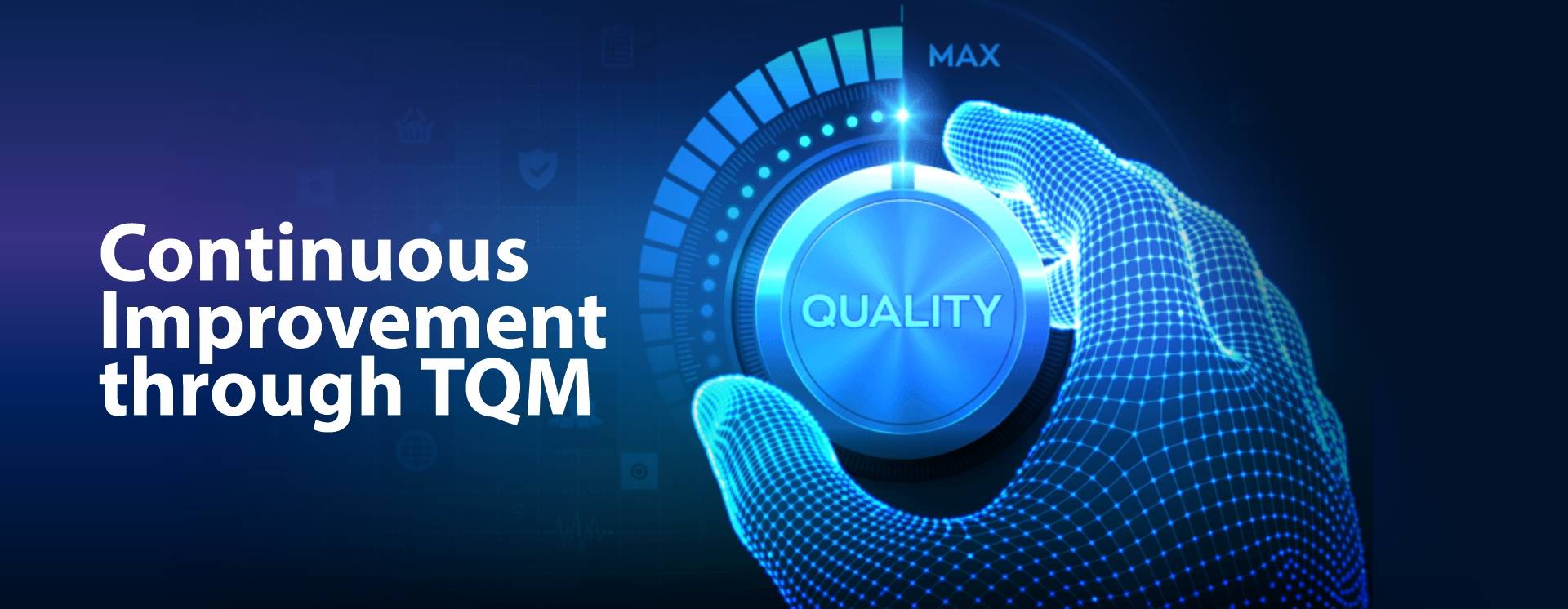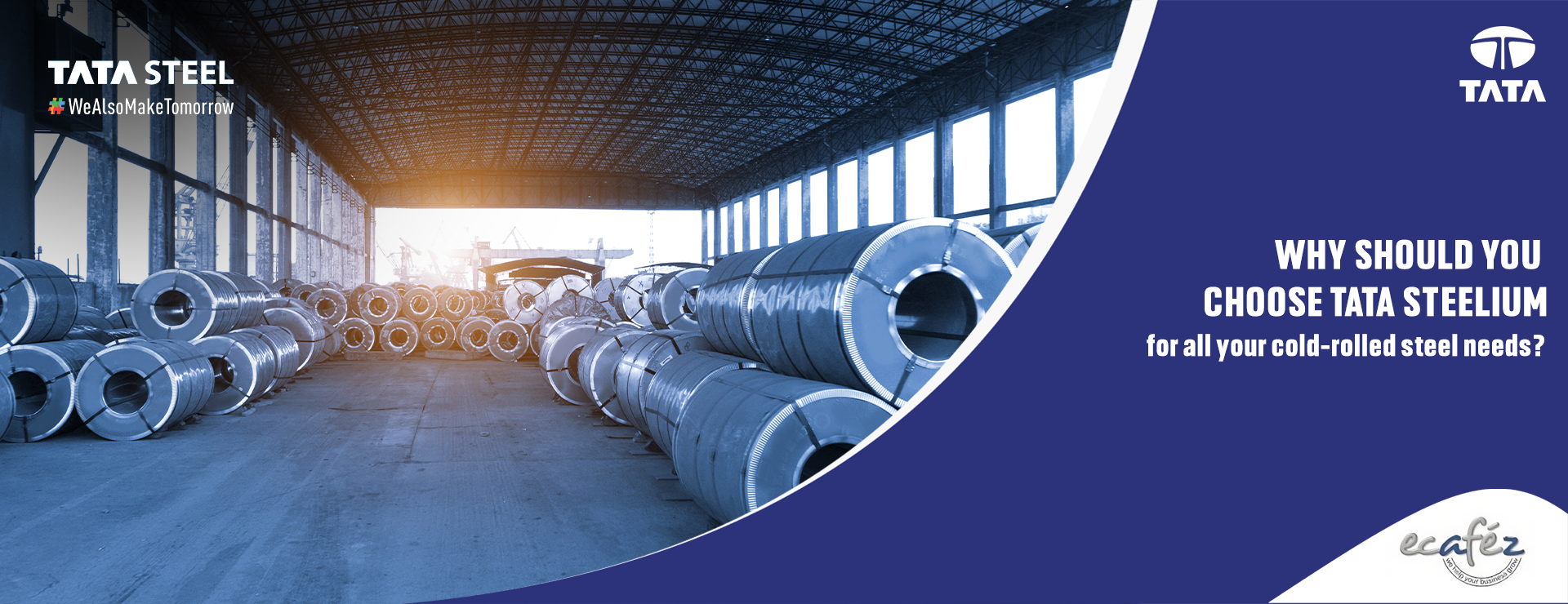For decades, the Indian steel industry has stood as a driving force behind the nation's economic progress, forming the backbone of infrastructure and driving manufacturing endeavors. India’s modern infrastructure is made up of steel which has played a key role in positioning steel as the epitome of economic development in India. True to its use, India has become the second-largest steel-producing country after China. Its historical significance and contribution cannot be overstated.
However, in recent times, the industry has been navigating a landscape filled with challenges, while also embracing innovations that hold the promise of transformation and growth. With the fluctuation in its demand, cheap import costs, the slump in domestic steel consumption, and comparatively less investment across different stages of the sector is a rising concern.
In this blog, we will understand the challenges faced by the steel industry, the innovations, and the growth prospects of this sector in brief.
Challenges Faced by the Indian Steel Industry: Raw Material Availability: The availability and sourcing of key raw materials like iron ore and coking coal have been major concerns. The industry's vulnerability to fluctuating international prices impacts production costs and profitability. This volatility requires strategic resource management to ensure stability in the supply chain. Logistic Challenges: Logistical obstacles pose a demanding, intricate, and expensive task for the majority of Indian steel manufacturers. Given that steel production hinges on bulk materials such as iron ore and coal, their physical movement to steel mills and the distribution of finished steel pose continuous challenges. This challenge is further magnified by the inland location of most Indian steel plants, in stark contrast to countries like China, Japan, or Korea, which benefit from coastal proximity. Environmental Concerns: Historically, steel production has been associated with environmental concerns, including high energy consumption, emissions, and waste management. To align with sustainable practices, India's steel industry faces mounting pressure to reduce its environmental impact. Tightening regulations and the push for greener alternatives have sparked a reevaluation of manufacturing processes. Competition and Global Dynamics: The Indian steel industry operates in a globally competitive market. International players' strategies, coupled with trade policies and tariff dynamics, create a dynamic environment. Balancing domestic demand and seizing export opportunities require strategic recalibration. Innovations Transforming the Industry: Technological Advancements: The infusion of advanced technologies like automation, artificial intelligence (AI), and data analytics has orchestrated a paradigm shift in steel production. Smart factories, predictive maintenance, and real-time data insights synergize to optimize processes, enhance efficiency, and curtail downtime.
Green Steel Initiatives: As environmental consciousness deepens, the industry champions green steel production methodologies. Innovations such as hydrogen-based steelmaking hold the potential to substantially curb carbon emissions. Collaborations between industry leaders and research institutions propel the development of sustainable technologies.
Circular Economy Practices: The adoption of the circular economy concept is gradually gaining momentum in the steel industry. By recycling and remanufacturing steel products, the demand for raw materials diminishes, and waste generation is minimized. Innovations in scrap processing and product design are at the forefront of this transformative journey.
Tata Steel DigEca: A Catalyst for Industry Growth:
Tata Steel DigEca stands as a prime example of innovation driving the steel industry forward. This digital solution has transformed production planning and execution. By leveraging real-time data, DigEca optimizes processes, reduces downtime, and enhances operational efficiency by bringing all the stakeholders to a common platform. Its implementation has showcased the potential of digitalization to elevate the industry's overall performance.
The name of the most trusted brand TATA and the products that are revolutionizing the steel industry backed up by modern technology, DigEca is definitely leading this sector to a new era of adaptability and online growth.
Growth Prospects and Future Outlook:
Availability of Resources: Despite the recent upward trajectory in iron-ore prices, this essential resource remains abundant within the country's borders. Furthermore, given the resource-intensive nature of steel production in terms of both capital investment and labor input, there exists an economical availability of labor. This equilibrium has inherently contributed to the stabilization of steel production expenditures.
Infrastructure and Urbanization: As India embarks on ambitious infrastructure projects and rapid urbanization, the demand for steel is set to soar. The industry's pivotal role in shaping the nation's growth trajectory is undeniable, and its continued expansion is closely tied to these sectors.
Automotive and Manufacturing Sectors: The automotive and manufacturing sectors are embracing steel as a fundamental material for their operations. As technologies evolve, the industry must adapt to meet the changing requirements of these sectors, ensuring high-quality products for varied applications.
Export Opportunities: The Indian steel industry's potential to become a global player is immense. By maintaining competitiveness, adhering to quality standards, and exploring new markets, the industry can leverage export opportunities to drive growth and expand its influence on the global stage.
Conclusion
The Indian steel sector has gone a long way, overcoming obstacles and embracing innovation to be relevant and competitive. With a firm commitment to sustainability, technological breakthroughs, and innovative solutions like Tata Steel DigEca, the sector is well-positioned to not just overcome but also prosper in an ever-changing landscape. As India's growth path continues, the evolution of the steel industry demonstrates its resilience and potential to determine the nation's destiny.
